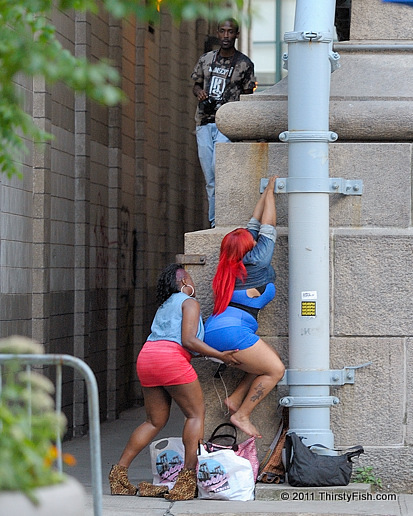Uplifting... / Photography and Law

The legal side of Photography is difficult to understand for many aspiring photographers. Laws related to photography vary by country, state and jurisdiction. The notes below should not to be construed as legal advice!
One way to approach the subject of legal rights and limitations of photographers is to ask "where the photograph was taken" and "how the photograph is published".
In the United States, it is generally legal to take photographs on any public property. It is also mostly legal to take pictures of private property from a public area. Unless specifically prohibited, photography in public areas of private property, such as malls, is also usually permitted.
Legality of how a photograph is published is a little more complicated. Using photographs for commercial purposes such as advertisements require that photographer obtain a model release signed by recognizable people in the photograph, and/or, property release for buildings, cars, art works, pets, etc. signed by the owner of the property. Non-commercial use of photographs taken in public for editorials, or as art, is protected by the First Amendment. However, the caption or the text written in relation to the photograph can not be defaming to the subject.
The above photograph was taken in public, under the Manhattan Bridge in DUMBO. If I wanted to sell the above photograph to an agency for use in an advertisement, I would need model releases from each of the three people in the photo (and the agency would not purchase the photograph without it). I am free to exhibit the photo, post it on websites and sell prints. However, if I were to make false and harmful statements about the subjects, defame them, I could be be sued for libel.
You can download a pdf flyer titled "The Photographer's Right" that has tips about what to do if confronted while taking photographs. Thanks FDZ.
Posted
- Mon 2011-08-01
Captured
- 2011-07-15
- Brooklyn, NY


